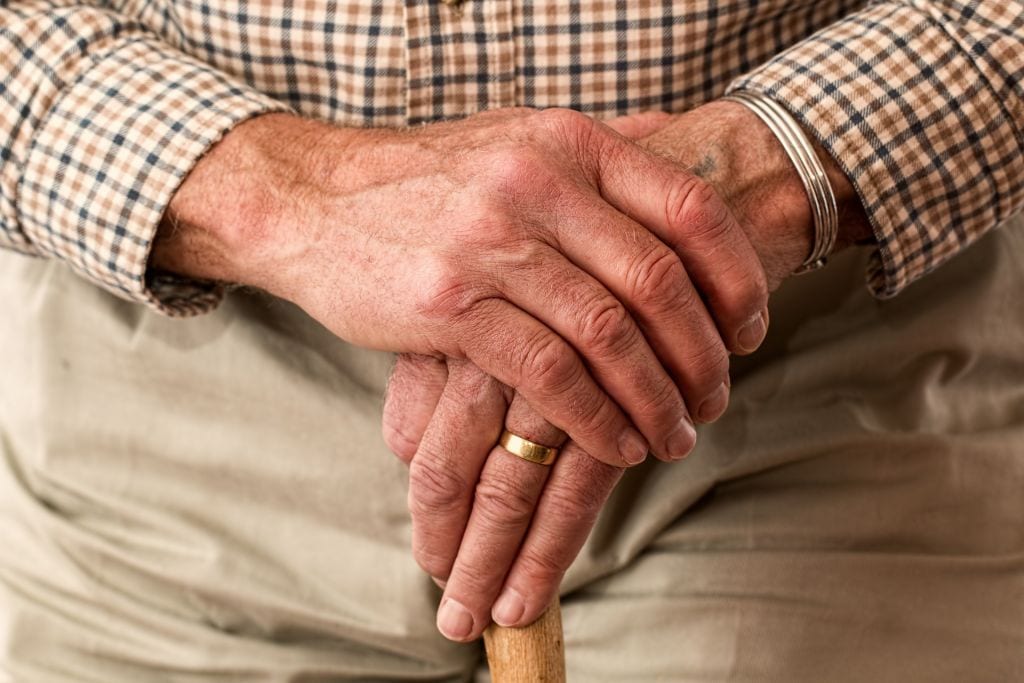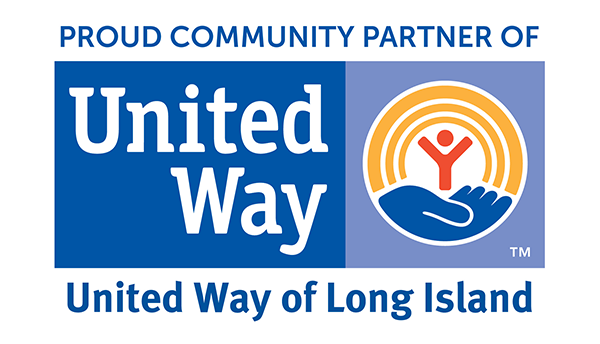 More than 18 million American adults, or 7.5 percent of the adult population, are unable to walk a quarter mile or find it very difficult to do so, and many with mobility issues are seniors.
More than 18 million American adults, or 7.5 percent of the adult population, are unable to walk a quarter mile or find it very difficult to do so, and many with mobility issues are seniors.
In fact, limited mobility was the most common disability for people age 65 and older in the U.S., with two-thirds of the nation’s 15.7 million seniors saying they had difficulty with walking or climbing. And the implications of those issues aren’t just physical. For instance, decreased mobility can lead to fewer interactions with friends and family, difficulty doing everyday activities, and increased healthcare costs because of falls and other issues. It can also contribute to depression, which affects about 2 million Americans age 65 and older.
Modify Your Home
But losing mobility doesn’t mean you should stop living life. Indeed, there are many steps you can take to adapt to the changes in your health without sacrificing happiness. For instance, if you haven’t already done so, you probably want to consider making modifications to your home that will make aging in place easier since 90 percent of people age 65 and older would rather stay in their own homes than move into an assisted living facility or nursing home, according to an AARP survey.
If you’re part of that majority, start making your home more accessible by eliminating potential tripping hazards, such as throw rugs without slip-proof backings. You may also want to install slip-resistant flooring the kitchen, bathrooms, and other areas of your home and eliminate thresholds between rooms.
In bathrooms, installing comfort-height toilets, putting a seat in the shower, and replacing shower heads and other hardware with options that are easy to use while seated are cost-efficient ways to make the setting safer. Similarly, try to make modifications in your kitchen to address mobility issues, perhaps setting up work areas you can use while sitting down. A National Association of Home Builders Certified Aging-in-Place specialist or occupational therapist could recommend additional renovations to suit your style and specific needs.
Seek Support
If you’re having trouble tackling chores, don’t take it as a sure sign you can’t live on your own. Hiring a cleaning service can be surprisingly affordable, and government agencies may even offer funds to cover the cost. What’s more, there are providers who specialize in certain services, such as carpet cleaning, window washing, and maid services, that can take care of more everyday cleaning chores. Or maybe you just want a hand with outdoor activities such as cleaning gutters or power washing exterior surfaces. One advantage of hiring a professional is that you can find one who fits your specific needs.
You should also seek support and advice from healthcare professionals since one of the best ways to adapt to a loss of mobility is to take actions to limit it. Indeed, medical experts recommend regular physical activity even for seniors with mobility issues. However, you should let your doctor know you want to start an exercise program. He or she will be able to offer advice and refer you to a physical therapist who can help you target areas to strengthen and stretch in order to make other exercises safer and easier. Plus, there are senior-specific programs such as those provided by EAC Network’s Senior Centers, which offer a multitude of physical activity classes including yoga, Tai Chi, Zumba, line dancing, and other exercises.
The bottom line is you shouldn’t be reluctant or embarrassed to make the changes you need to thrive. Losing mobility may require you to make some modifications, but it shouldn’t stop you from leading a happy and fulfilling life.
* * *
![]() Hazel Bridges is the creator of AgingWellness.org, a website that aims to provide health and wellness resources for aging seniors. She’s a breast cancer survivor and challenges herself to live life to the fullest and inspire others to do so as well.
Hazel Bridges is the creator of AgingWellness.org, a website that aims to provide health and wellness resources for aging seniors. She’s a breast cancer survivor and challenges herself to live life to the fullest and inspire others to do so as well.





















